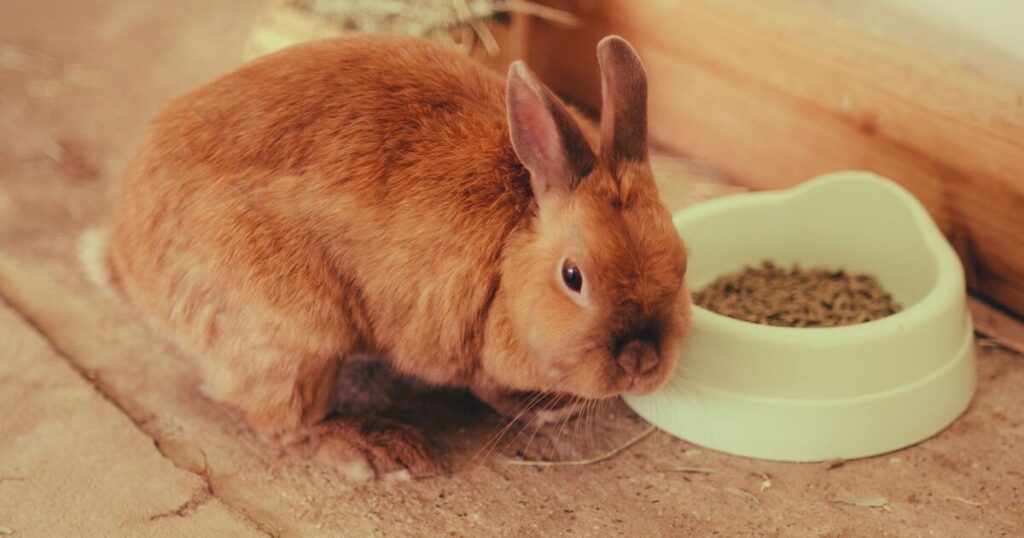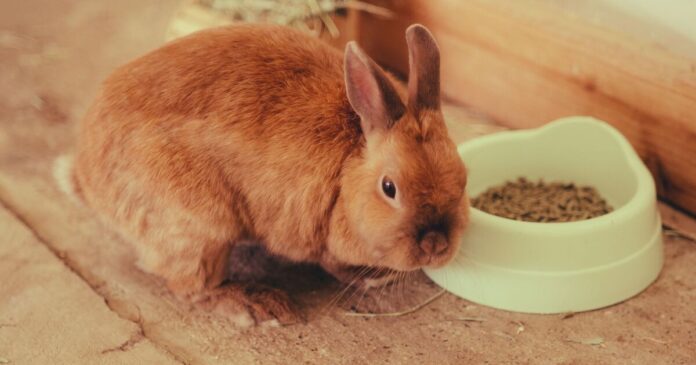
As colder weather sets in and autumn officially arrives on September 22, vets are warning that it is time to prepare your pets for the change of season. Weather experts have predicted that stormy and unsettled weather is likely to continue throughout September, meaning that animals, and small pets in particular, are at risk of seasonal stress if their living spaces aren’t adapted accordingly.
With this in mind, Dr Suzanne Moyes, the in-house vet at Burgess Pet Care, has shared six essential steps to take to ensure that your pets are properly cared for this autumn and winter. Her first piece of advice is to give your pet’s housing an autumnal MOT, looking for any wear and tear that should be fixed ASAP. Dr Suzanne says: “If you do just one thing before the first autumn storm hits, it should be giving your pet’s home a thorough inspection.
“Look out for any potential dangers or areas where bad weather could permeate, such as leaks or damp patches, weak joints or broken latches. Even a minor leak in an enclosure can leave small animals cold and stressed. Conducting this quick check now can prevent a winter of health problems.”
Know when to move pets indoors
While some pets can live outdoors all year round, some will have to be moved inside once colder weather sets in, and it’s incredibly important to know just when to relocate your furry friends.
If they have appropriate housing, healthy guinea pigs and rabbits can remain outdoors throughout the year. However, if they are particularly young or old or if they have a health condition, they should be moved inside as soon as temperatures fall below 10°C overnight.
The expert adds: “Think of it this way, if it feels too cold for you to sit outside in just a jumper, then it’s likely too cold for most small animals to comfortably endure too.”
Keep indoor temperatures pet-friendly
If you have pets living indoors, then it’s important to create a comfortable, consistent climate for them. Dr Suzanne says: “The ideal internal temperature varies depending on your pet.
“Rabbits and guinea pigs generally thrive in indoor temperatures of around 15-20°C. Hamsters, on the other hand, prefer slightly warmer temperatures of around 20-24°C.
“Hamsters, in particular, are susceptible to slipping into dangerous hibernation-like states if their living environment is too cold – a risk that many owners may not be aware of.”
Weatherproof against autumn extremes
If your pets are remaining outdoors, then it’s essential that their homes are weatherproofed against extreme conditions. Suzanne advises that pet housing should be raised off the ground to avoid rising damp and should be shielded from wind and rain.
She further suggests adding additional waterproof covers, protective tarpaulin, or windbreaks to create a makeshift storm shelter during particularly bad weather.
Insulate inside smartly
Don’t just weatherproof the exterior of your pet’s enclosure; also, make sure to insulate the inside. For this use straw or specialist pet-safe small animal bedding.
Choose the right hay for your pet
Hay isn’t just a great food source for pets; it can also double up as extra insulation – just ensure you are picking the right type for your beloved pal.
Suzanne advises: “Timothy hay is a great everyday choice for rabbits and guinea pigs. Alternatively, meadow or botanical blends are good choices to add enrichment and extra warmth.
“Hamsters are best suited to soft hay like orchard grass which is safe to nibble on and makes for a cosy nesting layer for them.
“Just be aware that damp conditions can increase the risk of hay becoming mouldy so opt for well-dried, clean hay that has been dust-extracted to protect your pets’ respiratory and digestive health.”





















